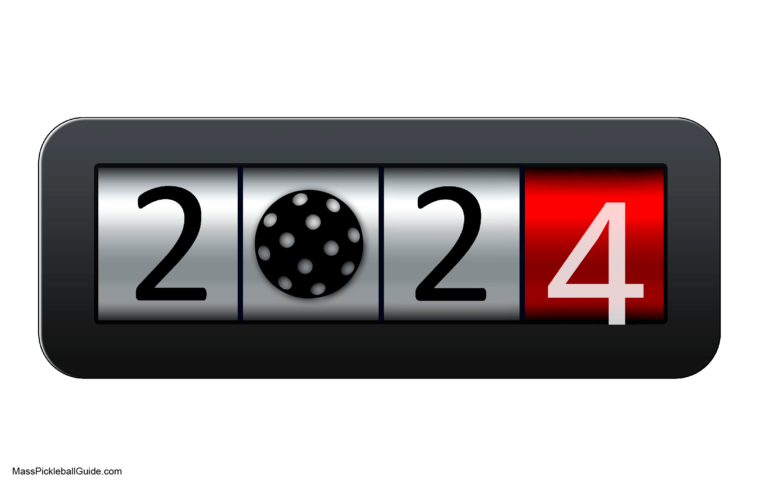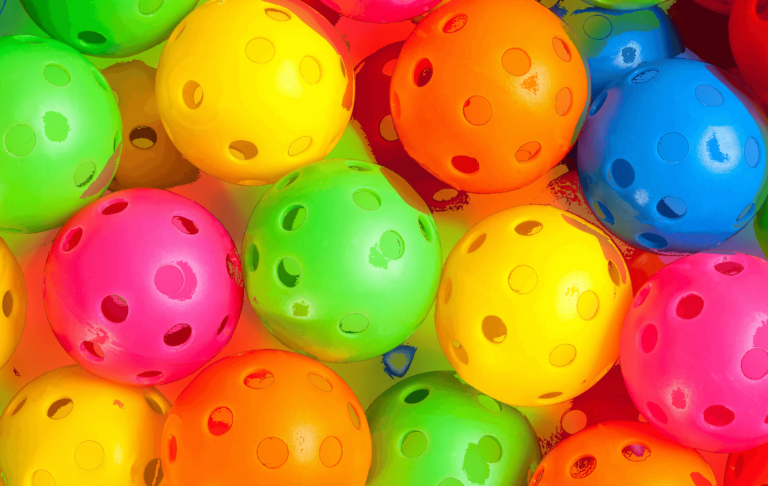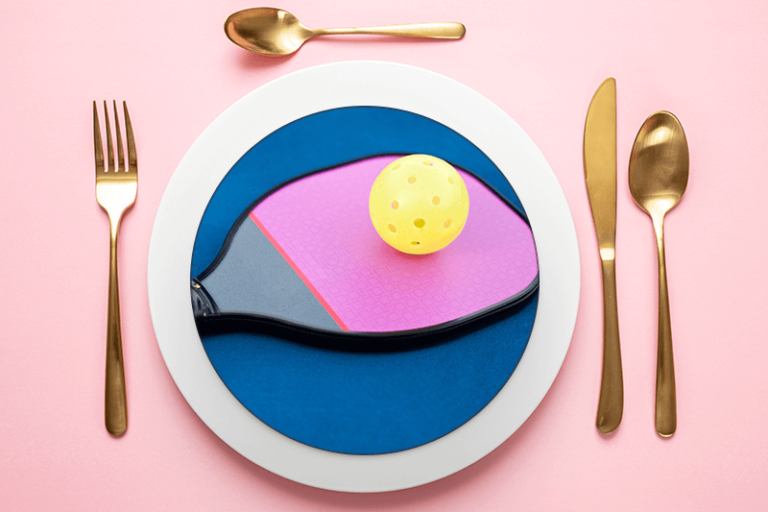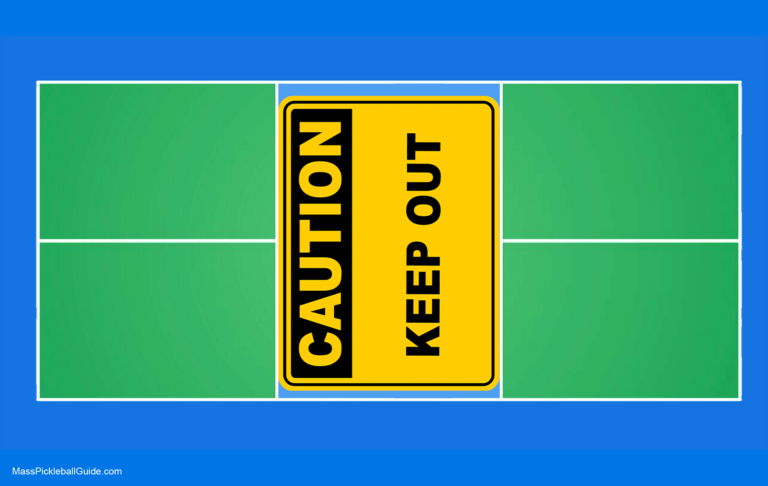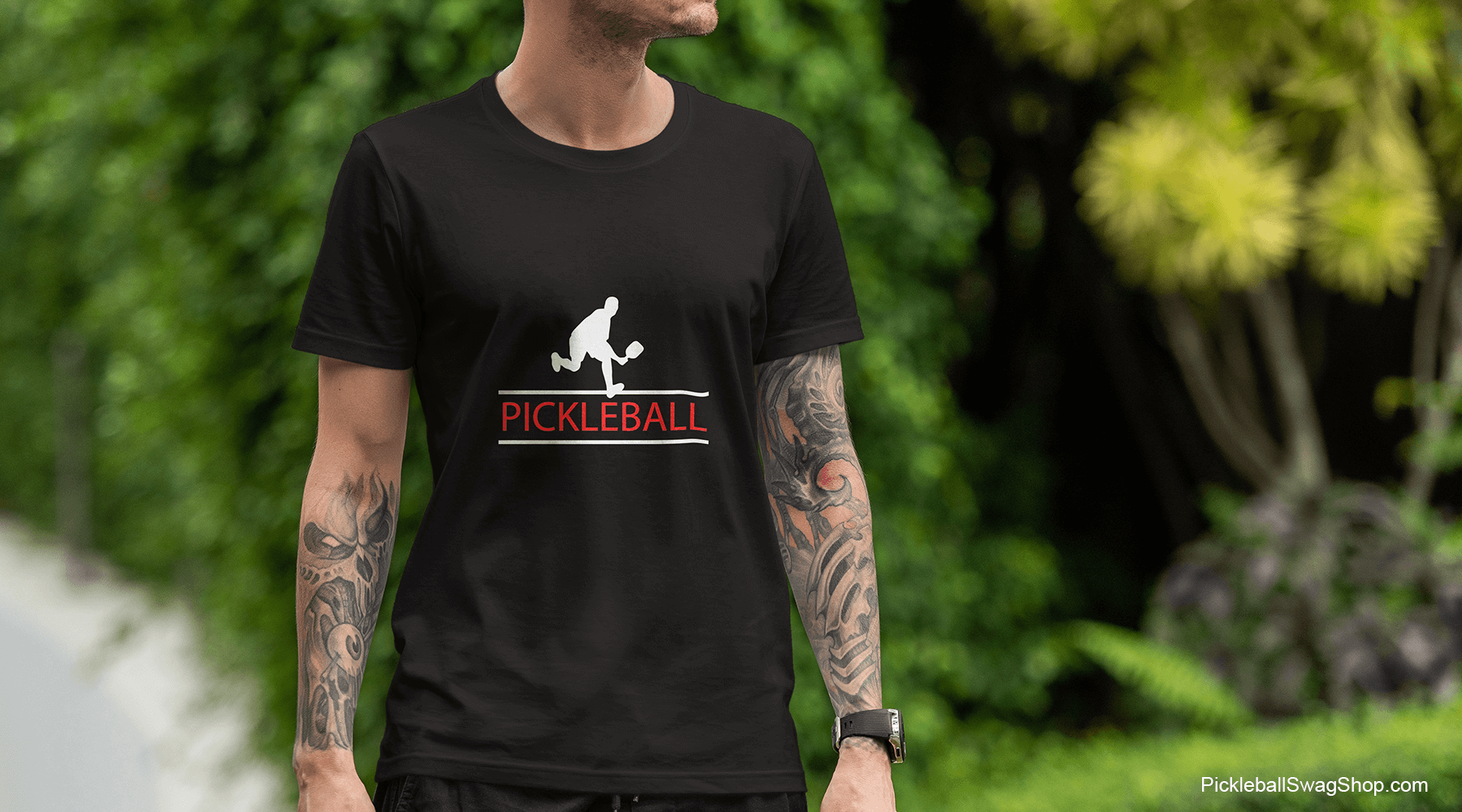The 7 rules of pickleball that everyone forgets
Most players forget these simple rules
Pickleball is a lot like tennis because there’s a paddle, a ball, and a net. In addition, it combines aspects of various sports, such as tennis, badminton, and table tennis. Played using a [pickleball] paddle and a plastic [pickleball] ball, it is easy to learn, requires no prior experience and very little athletic ability. There is a certain etiquette in pickleball though most of it is simple common sense.
The official rules of pickleball can be confusing. Period.
It doesn’t help with obscure rules such as banning headphone and earbuds, either.
Let’s start at 30,000 feet for the high level view.
The pickleball ball must stay inbounds (not unlike just about every sport on the planet), there can only be one bounce per side, serving must be done at the baseline, the serve (i.e. the ball from the serve) cannot land in the non-volley zone, and the game ends at 11 or 15 points (usually a tournament rules).
There are some exceptions to the rules, and some recent developments in the method of play. Don’t be scared but we must say that there are changes each year to rules, scoring and/or pickleball equipment.
Remember, it’s a relatively new sport and kinks need to be worked out. It will be interesting to see what the game will look like in five or so years.
What are the 7 rules of pickleball?
Here are 7 rules of pickleball that many people forget whether just starting out or have been playing for a while. Each one could lose the game for your team so you’ll want to understand each one.
See also the [absolute] worst 2023 pickleball rule!
#1 Pickleball ball must stay in bounds
Whether indoor or outdoor, your driveway or the country club – the ball must stay within the lines on all sides in order to be played.
If you hit the ball out of bounds, you lose your serve and hand over the ball to your opponent. Needless to say, you will give the other team an advantage so please try to stay within the white lines.
#2 Two-bounce per side
When a player serves the ball, the returner player (diagonally across) must let the ball bounce once before returning it and not more than once. This player hits it back to the server who lets it bounce just once. From that point the rally can continue.
Tons of people forget this simple pickleball rule especially as you start to play the game: let the ball bounce just once before you return it to the other side during a serve.
Enter the two-bounce rule: when the ball is returned after once bounce and is returned after once bounce by your opponent, then the two-bounce rule has been enforced (completed?). From that point either side may play the ball in the air or let it bounce moving forward on the turn.
More detail on the pickleball two-bounce rule
#3 Serving must be done at the baseline
Since there really are very few rules in pickleball each one is just about as important as the next. In other words, you are expected to know the basics of the game and the people with whom you play will call you out (nicely hopefully) if you don’t – and, along the way you will master the game.
Serving is key, shocker! You should be confident with this most basic pickleball concept.
There are not too many rules for the pickleball serve but here’s one that tons of people forget: a serve is made at the baseline AND at least one (1) foot needs to be behind the baseline. And neither foot may touch the actual baseline of the pickleball court until after the ball is hit.
Serves need to be diagonally across from you and the ball needs to be hit below your waist. Break any one of these and it is your fault and the opposing team gets the serve.
#4 Non-volley zone restrictions
There is a “zone”, or area, on a pickleball court that is called:
All the same geography on the pickleball court but you will find several interchangeable terms.
See more at pickleball court size: breaking down the components and measurements.
It refers to the area that is seven (7) feet from each side of the net (i.e., it is on both sides of the net).
Volleying (and serving as you have seen from above) is prohibited in the non-volley zone. Think the absolute opposite of volleyball where players love that area to smash it over the net.
You can hang out in the non-volley zone as much as you’d like but don’t get in the habit or too comfortable. You may forget where you are on the court and try to volley the ball back to your opponent… it will be a fault if you do so or even step on the line while volleying.
Do’s and don’ts of the pickleball non-volley zone
#5 Drop serve rule
Rules and guidelines change for professional sports almost every year. Owners, general partners, and managers of teams get together each year and review if any changes are necessary for player safety, user experience or viewer entertainment.
Pickleball rules are no exception and continue to change – mostly for the better.
In 2021 a new rule was added to pickleball: allowing a “drop” serve.
With this rule, users can now drop the ball (from any height) then hit it after the bounce to serve the ball.
The pickleball ball must be dropped: you cannot throw or slam it.
Also, the ball can be dropped more than once before it is served but must be hit within ten (10) seconds of the server’s call [of the serve]. Seems likely a silly rule… but may fall under the category of overthinking a something.
By the way, the new drop serve in pickleball is merely an option to the server and is not required.
#6 10 second rule
With the sport of pickleball growing like wildfire – by its very nature most people who are fascinated by the sport and start are recreational players.
Every pickler must start somewhere, of course. People don’t jump off their couches and become premier tournament players overnight.
One of the most forgotten rules of pickleball is the 10 second rule. Once the score has been called, the server has 10 seconds to make their serve. If over that time limit then he/she is called for a fault and lose their serve.
Rather simple and it keeps the game moving. While one of pickleball’s greatest attribute is that it is very social and a great way to make friendships you also need to keep the game moving along.
Save the kibitzing about the kids until you head out after your game(s) for a libation (and no 10 second rule there). I believe this is a pickleball rule that many players are unfamiliar with, particularly in recreational play.
#7 Extra pickleball balls
This rule is perhaps the simplest of pickleball rules and unfortunate that it is a rule.
A player is allowed to carry an extra ball, for example in a pocket.
But if that ball falls on the court during a rally then that player/team incurs a fault.
Who has room in their pocket for a ball the size of a pickleball? Regardless, follow the rule and don’t drop an extra ball on the court as it will ultimately be your fault.

